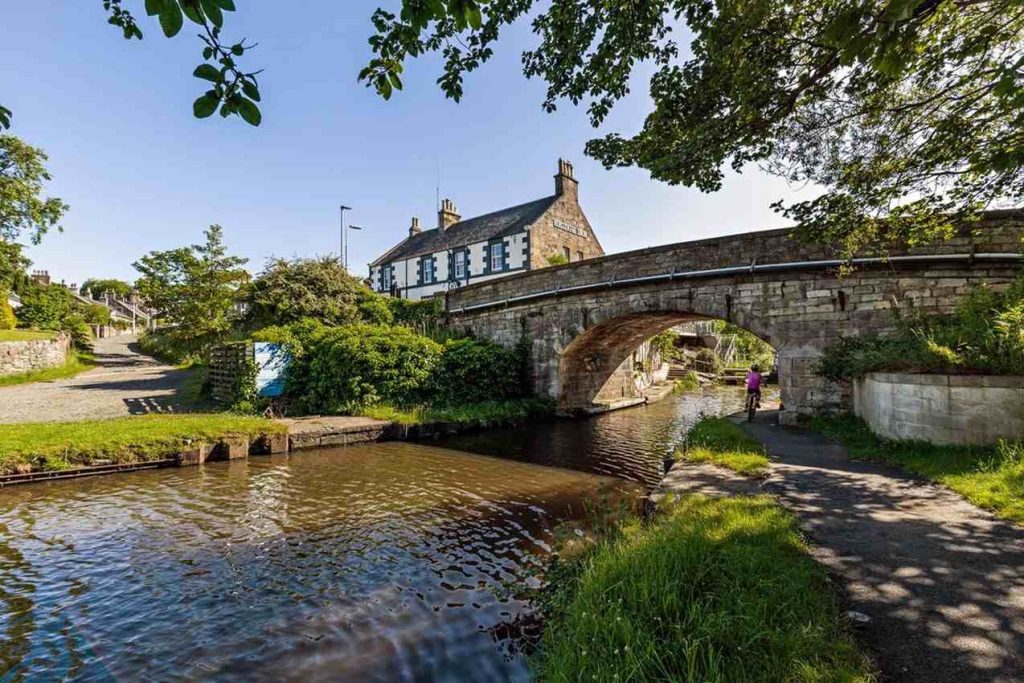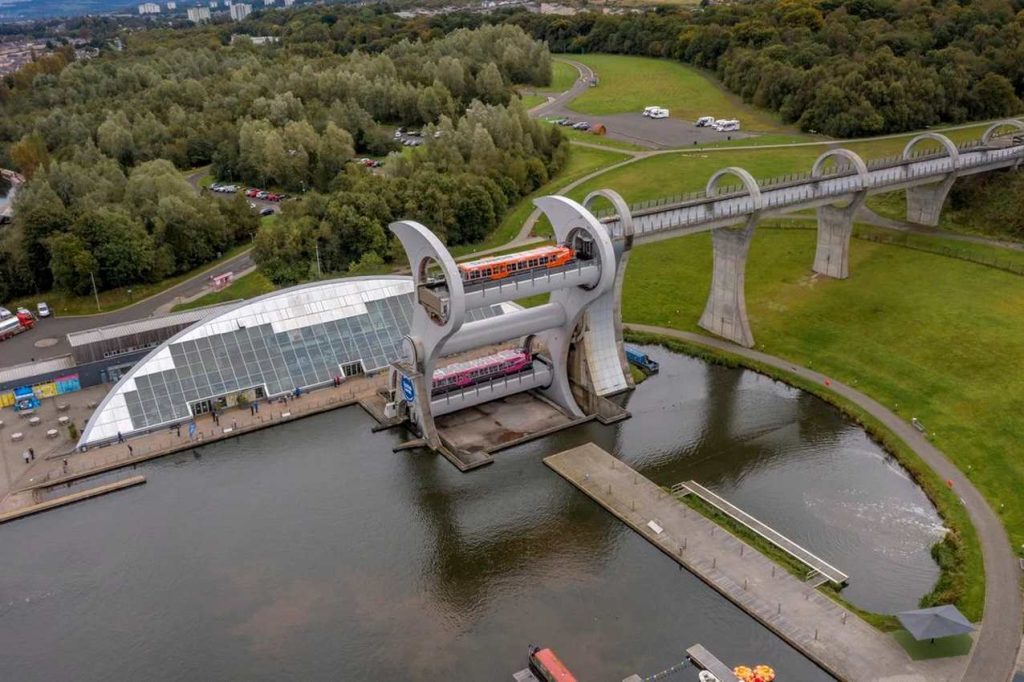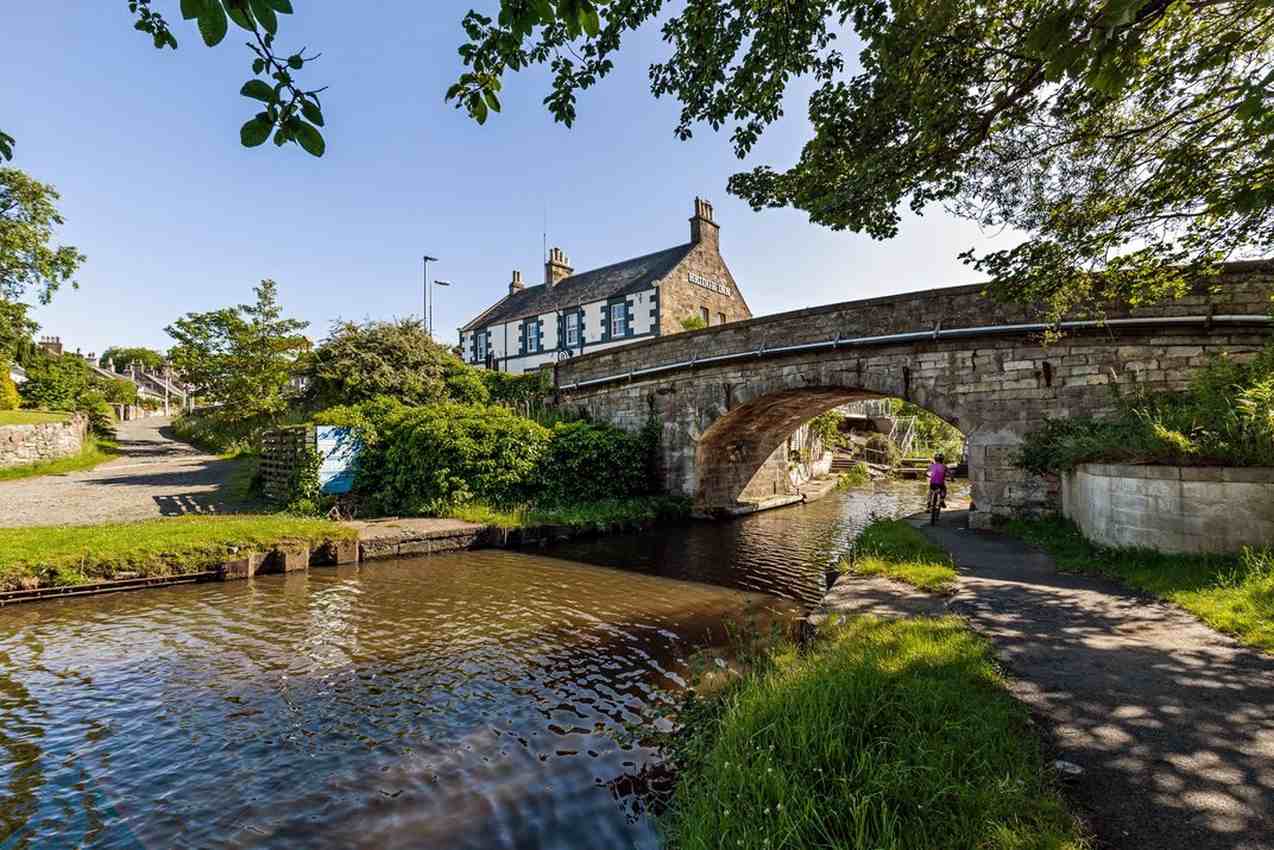
After more than a century of disuse, Scotland’s old coal barge canals have been transformed into peaceful, green arteries of recreation and birdlife.
Part of a repurposing of commercial canals across Europe, Scotland’s are now a major tourist attraction, linking lovely destinations with a mosaic of art installations, natural beauty, and small towns with the big cities the canals were built to supply with coal.
The Caledonian to the north, the Union and Crinan to the east, and the Monkland, which ran parallel to the Forth and Clyde; these canals in the early 19th century funneled endless streams of coal to Glasgow which played a major role in igniting the industrial revolution.
Pack animals would walk along each shore with ropes attached to a coal barge and tug it along, but following the rise of steam-powered locomotives, the canals fell into redundancy.
Smithsonian details jurisdiction over their maintenance and use was passed across many organizations, none of them ever looking upon these once-mighty lines of production as anything other than a burden or, arising from Alfred Nobel’s dynamite factory in Glasgow, a polluted sore of mercury and other toxic material.
SIMILAR: Amsterdam is Enjoying Quieter Canals as Boats Go Electric Years Ahead of Diesel Ban
Looking for big engineering projects to fund in order to usher a totally modern Scotland into the new millennium, the Scottish Government approved a seriously cool project, a giant rotating boat elevator to connect the Union and Forth of Clyde canals.

Known as the Falkirk Wheel, it was the world’s first rotating boat lift, but it’s birth was twinned with a national clean up effort, which between 1999 and 2003 hauled out old cars, discarded tires, and countless tons of contaminated soil, until the canals were safe enough to paddle in.
Almost instantly, the canals as a recreational resource exploded into life.
George McBurnie, an architect who worked on the Falkirk Wheel, said the opening was “absolutely ballistic,” and that the canals were “just awash with people celebrating.”
This single invention created a chain reaction in society. Boating clubs, crew team boathouses, began popping up along the canals, while waterfront cafes and property began to boom. Industrial metal girder and red brick manufacturing plants began thriving art districts.
CHECK OUT: Huge Supply of Water is Saved From Evaporation When Solar Panels Are Built Over Canals
Today the waters of the canals are safe enough to swim in. The green spaces, the return of aquatic wildlife, and the relaxing lifestyle that arose in the wake of their recovery has had planners from France and Germany visiting to learn and inform their own canal revivals.
One study even found that people in Glasgow living within 750 yards of a canal have lower risks of heart disease, diabetes and hypertension that the rest of the public, independent of socio-economic factors.
WATCH The Falkirk Wheel In Action Below….
CHANNEL This Story To Your Friends’ Social Media Feeds…




















